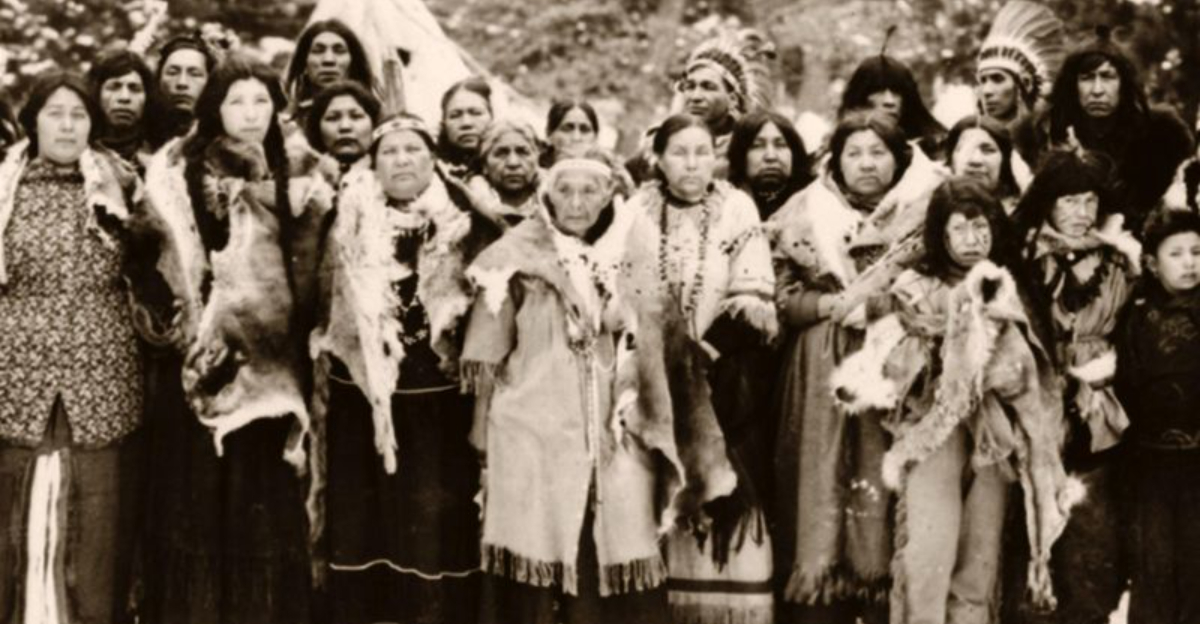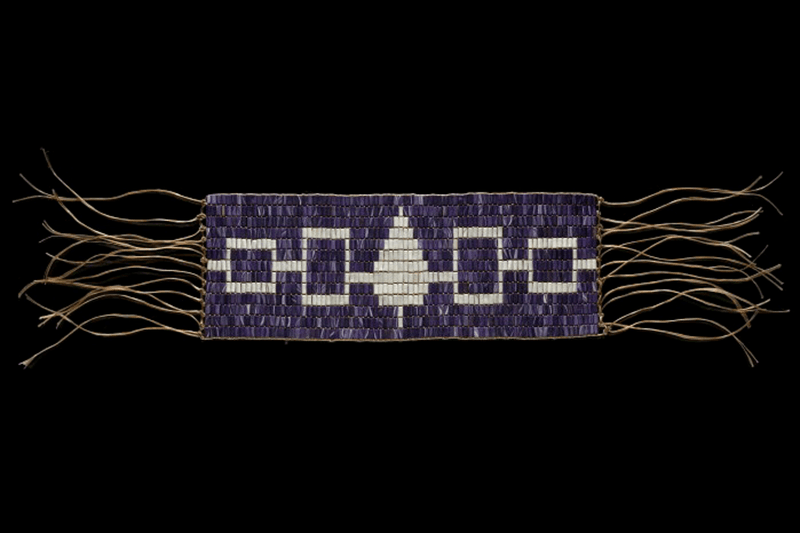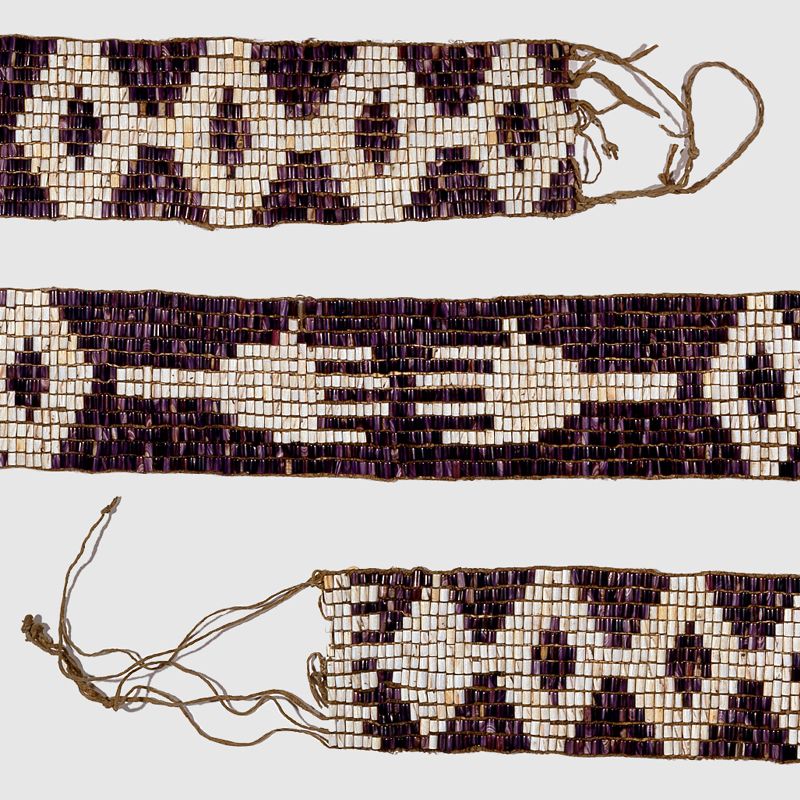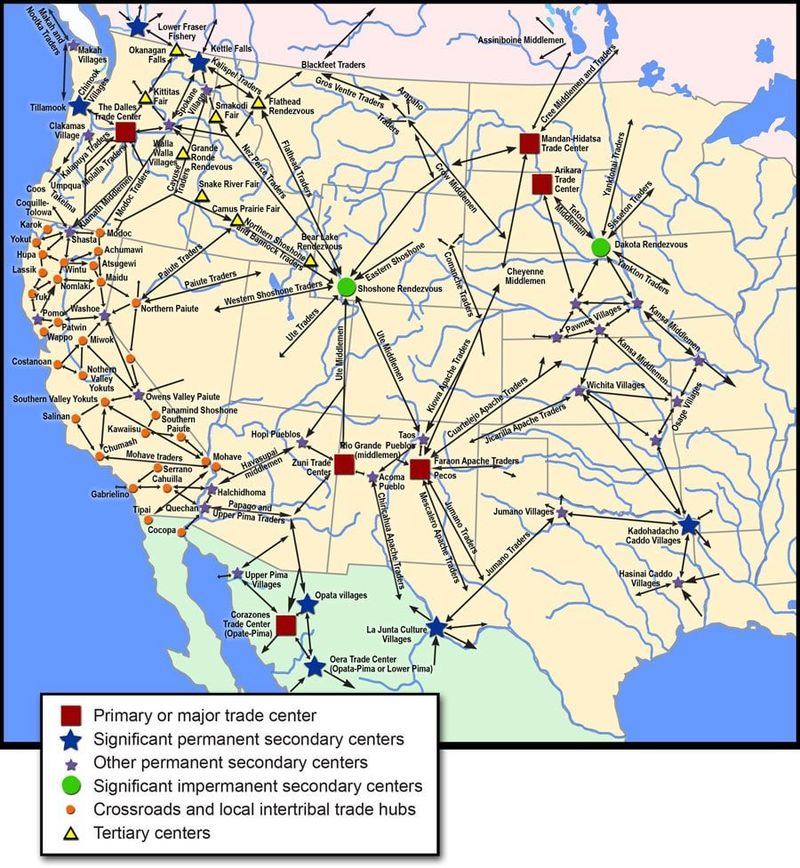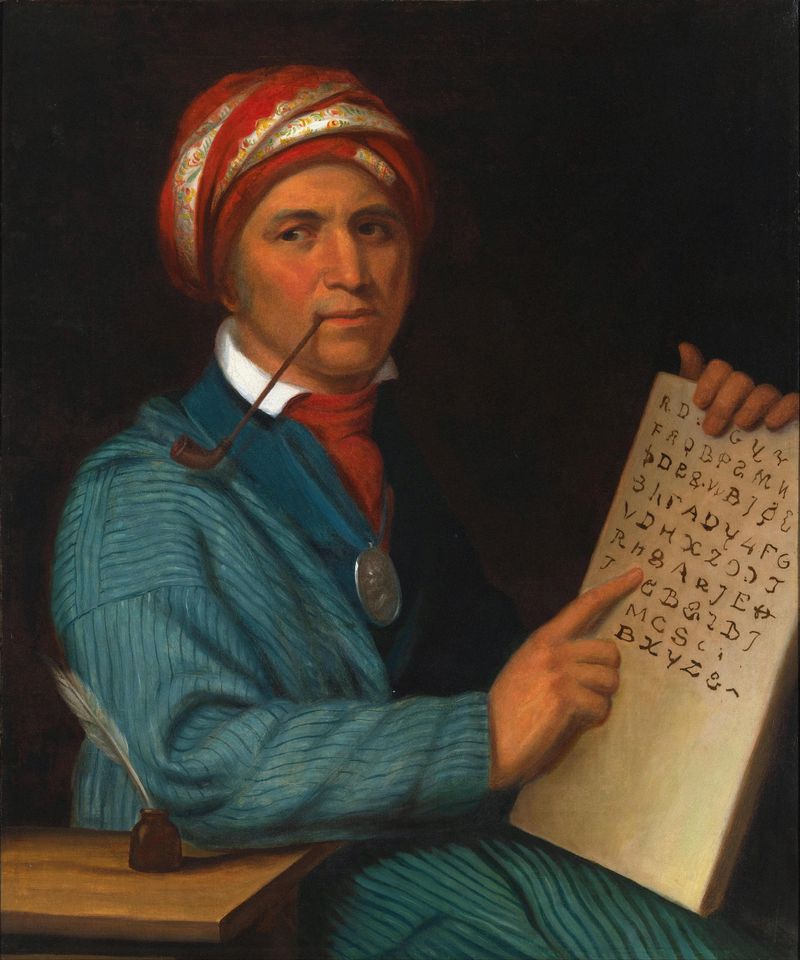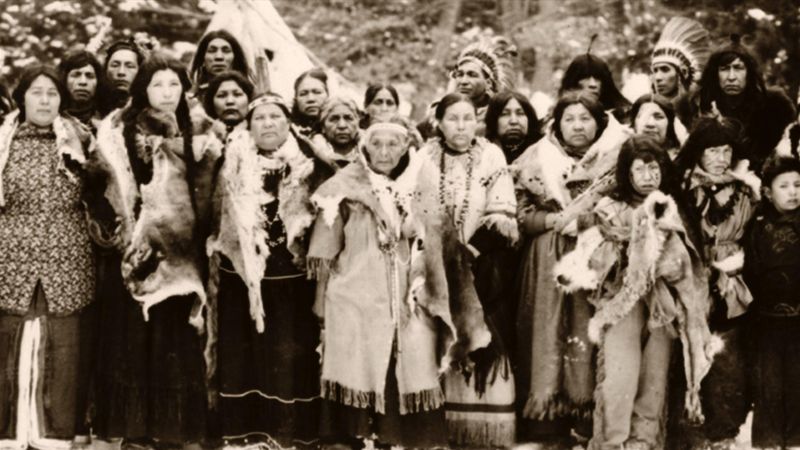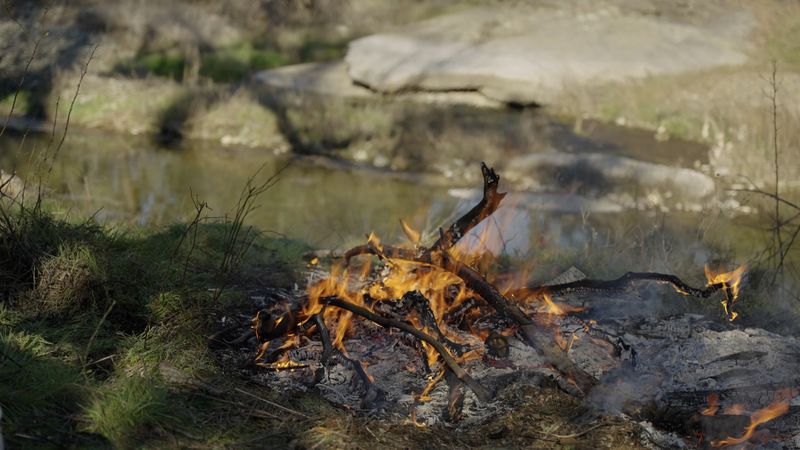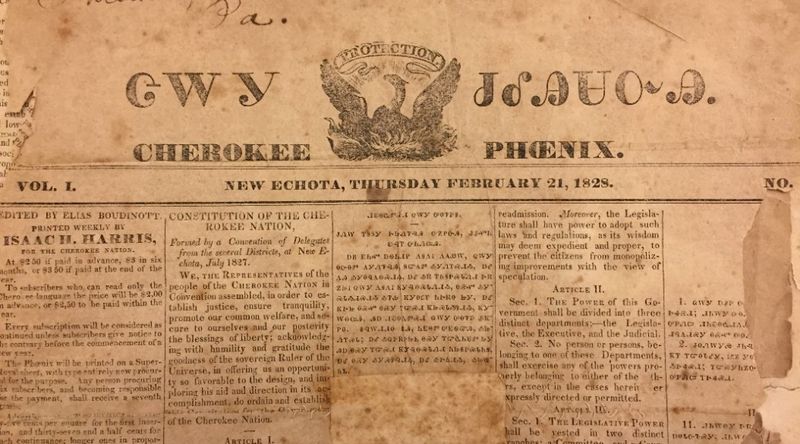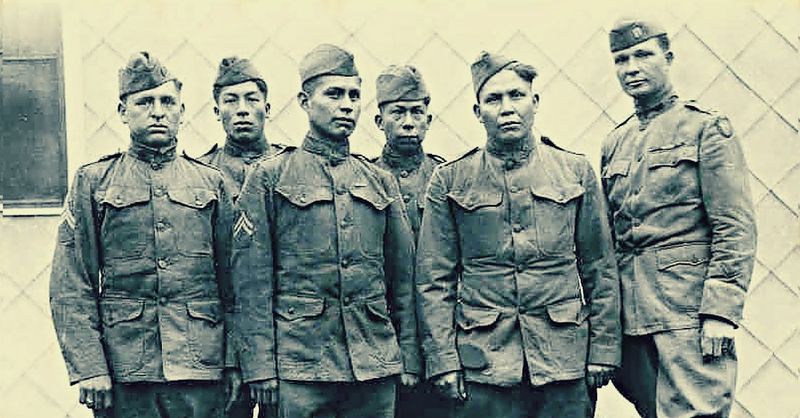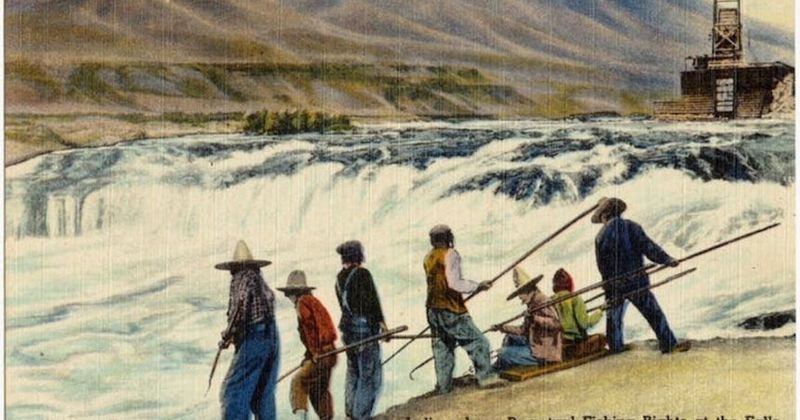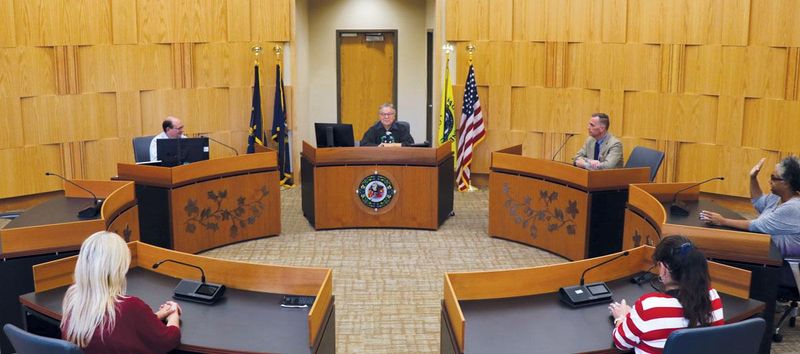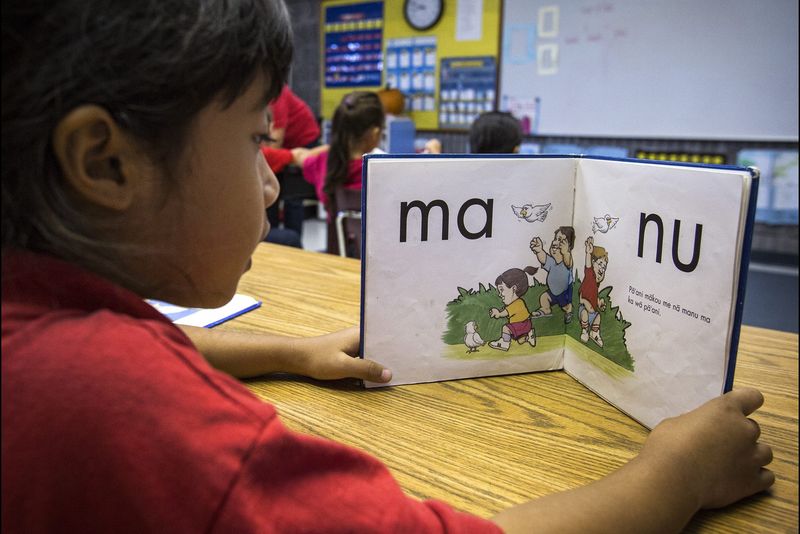The history of Native Americans is far richer and more complex than what most history textbooks reveal. Across North America, indigenous peoples developed sophisticated societies with unique technologies, governance systems, and cultural practices long before European contact. These overlooked historical achievements continue to influence our modern world in surprising ways, though they rarely make it into standard school curricula.
1. Advanced Mound-Building Societies
Towering earthworks once dominated the landscape of what’s now the Midwest and Southeast. Cahokia, the largest pre-Columbian city north of Mexico, housed over 20,000 people around 1050 CE—larger than London at that time! These societies constructed massive earthen monuments without metal tools or wheeled vehicles. Some mounds served as platforms for temples or elite residences, while others had astronomical alignments or ceremonial purposes. Archaeological evidence reveals these communities maintained extensive trade networks, complex religious systems, and sophisticated urban planning. Their achievements challenge the persistent myth that Native North Americans lived only as small, nomadic bands before European arrival.
2. The Iroquois Confederacy’s Constitutional Influence
Democracy in America has roots older than the founding fathers. The Haudenosaunee (Iroquois) Confederacy—comprising the Mohawk, Oneida, Onondaga, Cayuga, Seneca, and later Tuscarora nations—established their Great Law of Peace centuries before European colonization. Benjamin Franklin openly admired this political system. He distributed copies of Iroquois treaty proceedings to colonists as examples of democratic governance worth studying. In 1988, the U.S. Congress passed a resolution acknowledging the Iroquois Confederacy’s influence on the Constitution and Bill of Rights. This indigenous democracy featured women’s suffrage, separation of powers, and impeachment processes long before such concepts appeared in European political systems.
3. Sophisticated Agricultural Systems
Native farmers revolutionized world agriculture through ingenious cultivation methods. The Three Sisters—corn, beans, and squash—represent one of history’s most brilliant companion planting systems, where each plant supports the others’ growth. Corn stalks provide climbing support for beans, while beans fix nitrogen in soil, feeding the corn and squash. Broad squash leaves create living mulch that retains moisture and suppresses weeds. Beyond this famous trio, indigenous agriculturalists domesticated hundreds of plant varieties, including potatoes, tomatoes, peppers, and sunflowers. These crops now feed billions worldwide. Native farmers also developed irrigation systems, terraced fields, and raised-bed growing techniques that maximized productivity in diverse environments.
4. Wampum as Legal Tender and Treaty Record
Those purple and white beaded belts displayed in museums weren’t just decorative objects. Wampum served as a sophisticated communication system and legal record-keeping technology among northeastern tribes. Crafted from quahog and whelk shells, these beads required immense labor to produce. Artisans drilled holes using stone tools and polished each bead to a high shine, creating valuable items that functioned as currency in trade networks. More importantly, wampum recorded treaties, laws, and important events through intricate symbolic patterns. When colonial officials met with Native leaders, wampum belts sealed agreements—the indigenous equivalent of signed documents. Many historical treaties have corresponding wampum belts that Native nations still preserve as legal evidence of past promises.
5. Pre-Contact Trade Networks
Highways of commerce crisscrossed North America thousands of years before European arrival. Archaeological evidence reveals trade routes spanning thousands of miles, connecting distant communities through sophisticated exchange networks. Copper from Michigan’s Upper Peninsula appears in artifacts throughout the Eastern Woodlands and Plains. Shells from the Gulf Coast traveled to the Great Lakes. Obsidian tools from Wyoming have been found in Ohio valley sites. These extensive trade networks facilitated not just material exchange but also cultural diffusion and diplomatic relations between diverse tribal groups. When Europeans arrived, they simply tapped into existing indigenous trade systems rather than creating new ones—often following ancient routes that later became modern highways.
6. Sequoyah’s Written Syllabary
In just 12 years, one man revolutionized his nation through sheer determination and genius. Sequoyah, a Cherokee silversmith who couldn’t read or write English, created an entire writing system from scratch between 1809 and 1821. His 85-character syllabary perfectly captured Cherokee language sounds. Within months of its introduction, thousands of Cherokee people achieved literacy—a rate that astonished European observers. This innovation enabled the Cherokee Nation to publish books, legal documents, and the Cherokee Phoenix newspaper in their own language. When forced removal (the Trail of Tears) scattered the Cherokee people, this writing system helped preserve their culture and governance. Sequoyah remains the only person in recorded history to single-handedly create an entirely new, widely-used writing system.
7. Matrilineal Societies and Women’s Political Power
While European women were fighting for basic rights, many Native women already held significant political and economic power. The Haudenosaunee (Iroquois) clan mothers selected and could remove male chiefs—a level of political authority that shocked early European observers. In these matrilineal societies, clan identity passed through the mother’s line, not the father’s. Women often controlled food distribution, property, and housing. This stark contrast to European patriarchal systems inspired early American feminists like Matilda Joslyn Gage and Elizabeth Cady Stanton, who studied Haudenosaunee women’s authority as a model for what was possible. Many Native nations maintained balanced gender roles where women’s councils made decisions about agriculture, community resources, and even war and peace.
8. Deliberate “Fire-Keepers” and Ecosystem Management
What European settlers mistook for “wilderness” was actually carefully managed landscape. Native peoples across North America used controlled burns to shape their environments and increase resource productivity for thousands of years. Regular, low-intensity fires prevented catastrophic wildfires while promoting growth of food plants like berries, nuts, and medicinal herbs. These practices created the park-like forests and expansive prairies that European colonists first encountered and mistakenly viewed as “untouched.” Modern forestry and land management are now reincorporating these indigenous techniques after decades of fire suppression policies led to devastating megafires. Tribes like the Karuk in California maintain traditional burning practices that are increasingly recognized as essential for healthy forest ecosystems and wildfire prevention.
9. Indigenous Periodicals and Printing Presses
Long before many European immigrants could read in their native languages, numerous tribal nations published their own newspapers. The Cherokee Phoenix, first printed in 1828, featured parallel columns in Cherokee syllabary and English, covering tribal news, laws, and cultural preservation. By the mid-19th century, the Choctaw, Creek, and several other nations operated sophisticated printing operations. These publications defended tribal sovereignty, preserved cultural knowledge, and connected geographically dispersed communities. After forced relocations to Indian Territory (now Oklahoma), these tribal presses became even more crucial for maintaining cultural identity and political cohesion. The legacy continues today with award-winning publications like the Cherokee Phoenix, which still publishes news in both English and Cherokee, now in print and digital formats.
10. Native American Slavery and Refugee Practices
Before European colonization, captive-taking existed among some Native nations but functioned differently from the chattel slavery later imposed by Europeans. Captives taken during conflicts were often adopted into families to replace deceased relatives, eventually gaining full tribal membership. Some nations, particularly in the Northwest, practiced a form of stratified society that included enslaved individuals. These practices varied widely across regions and transformed dramatically after European contact. After colonization began, many tribes became refugee communities, absorbing survivors from decimated nations. The Catawba, for example, incorporated members from over 20 different tribal groups devastated by disease and warfare in the 18th century. This complex history challenges simplistic narratives about pre-contact indigenous societies.
11. Code Talkers Beyond the Navajo
The famous Navajo code talkers of World War II weren’t the first to use Native languages for military communication. During World War I, Choctaw soldiers developed the original code talking system when the U.S. Army discovered German forces had broken their existing codes. Eight Choctaw men serving in the 36th Division transmitted crucial messages in their native language during the Meuse-Argonne Offensive in 1918. Their communications remained impenetrable to German intelligence. Beyond the Choctaw and Navajo, at least 14 other tribal languages were employed as unbreakable codes during both world wars, including Comanche, Hopi, Lakota, and Meskwaki. These Native language speakers saved countless Allied lives, yet most remained unrecognized until decades after their service due to the classified nature of their contributions.
12. Treaty Rights That Remain in Force
The phrase “treaties don’t expire” represents a crucial legal reality often overlooked in American education. Hundreds of nation-to-nation agreements signed between tribal nations and the U.S. government remain legally binding today, despite frequent violations throughout history. These treaties guarantee fishing, hunting, gathering, and water rights that tribes continue to exercise and defend. The Supreme Court has repeatedly upheld these rights, including in the landmark 1999 Minnesota v. Mille Lacs Band decision reaffirming Ojibwe hunting and fishing rights. Many tribes maintain legal departments specifically focused on treaty rights enforcement. Recent victories include the 2018 Washington state culvert case requiring the state to modify road culverts that blocked salmon migration routes guaranteed in 1850s treaties, demonstrating how 170-year-old agreements still shape contemporary law.
13. Native Contributions to Science & Space
Indigenous knowledge systems continue shaping modern science through Native American researchers blending traditional ecological knowledge with Western scientific methods. Dr. Robin Wall Kimmerer (Potawatomi) revolutionized understanding of moss ecosystems while advocating for indigenous perspectives in conservation biology. In aerospace, John Herrington (Chickasaw) became the first enrolled tribal member to fly in space aboard Space Shuttle Endeavour in 2002. During his mission, he carried eagle feathers, sweet grass, arrowheads, and the Chickasaw Nation flag. Mary Ross (Cherokee) was a founding engineer at Lockheed’s Skunk Works, where she developed aerospace concepts for interplanetary space travel and satellites. Aaron Yazzie (Navajo) designed components for NASA’s Mars rovers. These achievements build on millennia of indigenous astronomical knowledge and technological innovation.
14. Sovereign Legal Systems
Nearly 400 tribal courts operate across the United States today, exercising sovereignty that predates the U.S. Constitution. These diverse legal systems blend traditional dispute resolution with contemporary judicial practices, handling everything from family matters to complex criminal cases. The Navajo Nation court system, the largest tribal judiciary, incorporates Diné fundamental law (traditional principles) alongside modern legal concepts. Their peacemaking courts emphasize restoration and healing rather than punishment. Many tribes operate their own police forces, attorney general offices, and correctional facilities. Recent federal legislation like the 2013 Violence Against Women Act reauthorization has expanded tribal jurisdiction over non-Native offenders in domestic violence cases—a partial restoration of inherent sovereign powers restricted during the 19th century.
15. Revival of Endangered Languages
Against all odds, Native communities are breathing new life into languages once pushed to the brink of extinction. The Wampanoag language of Massachusetts, silent for over 150 years, speaks again through the Wôpanâak Language Reclamation Project, which created the first new fluent speakers in six generations. Immersion schools like the Ayaprun Elitnaurvik in Alaska and the Waadookodaading Ojibwe Language Institute in Wisconsin surround children in indigenous languages from infancy. These schools produce young fluent speakers who carry ancient knowledge into the future. Digital technology accelerates these revivals through language apps, online dictionaries, and social media communities where distant learners connect. The Cherokee Nation developed its own language keyboard and font support, ensuring their syllabary functions in our digital world—a remarkable adaptation of a 200-year-old writing system.
